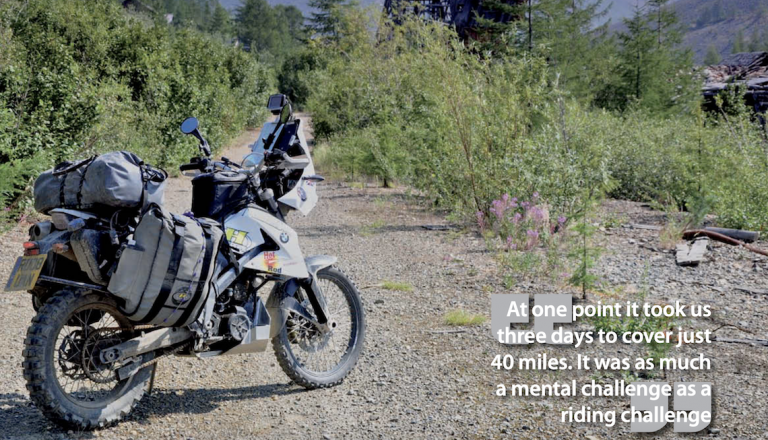You never thought you’d get this day job!
In a Day Job special, we meet extraordinary Aussie rider Walter Colebatch who went from city-bound investment banker to full-time ABR on sheer guts and determination. In 1994, he undertook his first ever two-wheeled adventure from Tokyo to London on a second-hand 400cc Honda TransAlp. Since then he’s made numerous trips to Russia, Mongolia and Siberia and a name for himself in the ABR-ring industry. So just how did he make it happen?
How did you get into motorcycling? When I was planning to do the Tokyo to London Project along with my mate James Mudie back in 1994, we decided very early in the process to do it on motorcycles. We figured bikes were the best way to maintain independent travel, because we wouldn’t have to rely on public transport and could get close as possible to the people, sights, sounds and smells that we’d encounter along the way. The fact that neither of us could ride a motorcycle when we began planning the trip didn’t put us off at all. Learning to ride became part of the preparation.
What inspired your epic Tokyo to London ride? I was in Australia at the time, at university, and a whole bunch of things happened in a short space of time that inspired the ride. An Australian journalist called George Negus made a 4WD expedition across the Soviet Union in its last days, the summer of 1991, called ‘Across the Red Unknown’. Also the fact that the Soviet Union had collapsed and China was slowly beginning to open up just made everything fall into place. It was screaming to be done!
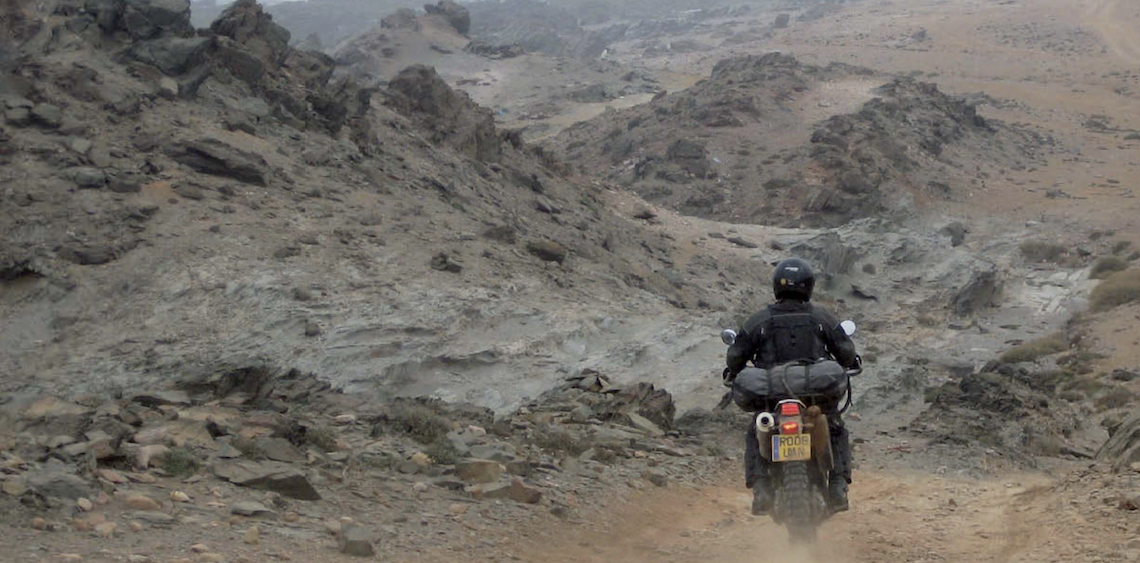
You did Tokyo to London on Honda TransAlps – why that bike and how did it perform? You have to bear in mind it was our first trip, in fact it was the first bike each of us had ever owned! We didn’t have a lot of reference points. There were no websites, forums, magazines or even books on ABR-ing – the term ‘Adventure Motorcycling’ hadn’t even been coined when we began planning our first trip. All we knew was that we would need a motorcycle that could be ridden on good asphalt roads and across the non-roads in Mongolia.
The TransAlps were sturdy enough to take us and the incredible 60kgs of luggage we were each carrying, yet a lot lighter than other options like the Africa Twin, or new BMW 1100 GS. My taste in adventure motorcycles has developed a lot since those days, but I have to say the TransAlps were mechanically very reliable.
We turned up in Tokyo two days before our ferry to Shanghai departed and in that time we had to find and buy both motorcycles. We purchased the second bike just hours before catching the ferry – we didn’t even have time for a full test ride or to check the oil or fuel levels, which is why we ran out of gas on the way to the port at Yokohama!
You were the first people to make this trip across China unescorted since 1949. What problems did you face getting the show on the road and how did you overcome them? We thought we had everything organised in the last weeks before our departure only to be abandoned by the sponsoring tour operator as soon as we landed on the docks in Shanghai. We had to spend 10 days in Shanghai beginning the process again from scratch. The biggest stumbling blocks were that we needed to get Chinese driving licences and vehicle registrations before customs would release our bikes.
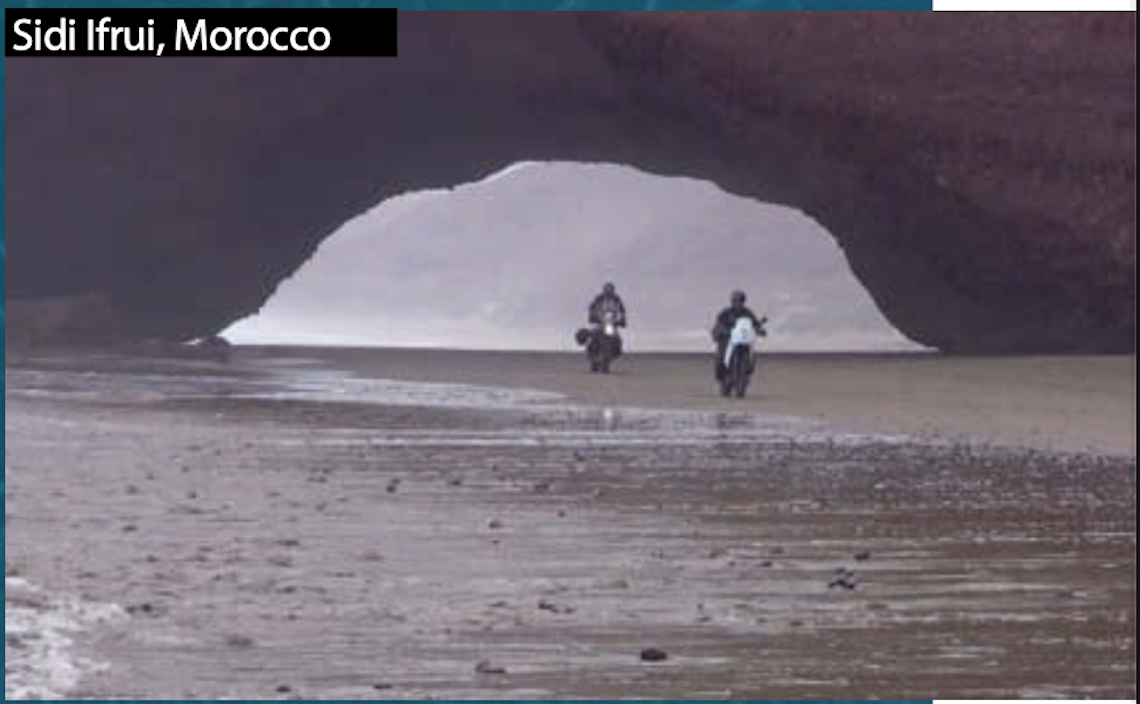
Is it true you had a hand in designing your Chinese driving licences!? Yes! The Chinese had never done this before. When we had an audience with the head of the Shanghai traffic police he said he would have to create a whole new class of licence and registration for us – a temporary foreigners’ licence. He asked us what we thought they should look like. We pointed at our Australian drivers licences, and he said to his minions standing beside him “make sure they look like these, with photograph, name, nationality, date of birth, etc”. I still have that Chinese drivers licence and number plate. The head of the police took 00001 for himself and put it in his desk. We were given numbers 00002 and 00003.
To quote, well, you, “Success depends on dealing with the right person with the right attitude at the right time”. What percentage of your success was down to cunning and determination, and how much was luck do you think? I take my hat off to James. He was the determined one. There was very little cunning involved in what we did, but a huge amount of his stubborn determination drove us forwards. Perhaps I chipped in with the luck, which was definitely also a key part of it.
If you were to do the ride again, knowing what you know now, what would you do differently and why? I wouldn’t go through Eastern China. I think since we were there it has become a concrete jungle. The bureaucracy is oppressive, traffic intense and almost everything is paved these days. I would begin the ride in Vladivostok, Russia, instead.
What was your favourite stretch of London to Tokyo and why?
I think the China-Mongolia border to Lake Baikal. The combination of the remote ride from Dzamin Uud on to Ulaan Baatar, then the raw beauty of the Siberian forests and Lake Baikal was so far removed from the world I’d known and experienced before, and yet so attractive to me. I was immediately impressed, beyond words, by both Mongolia and Siberia.
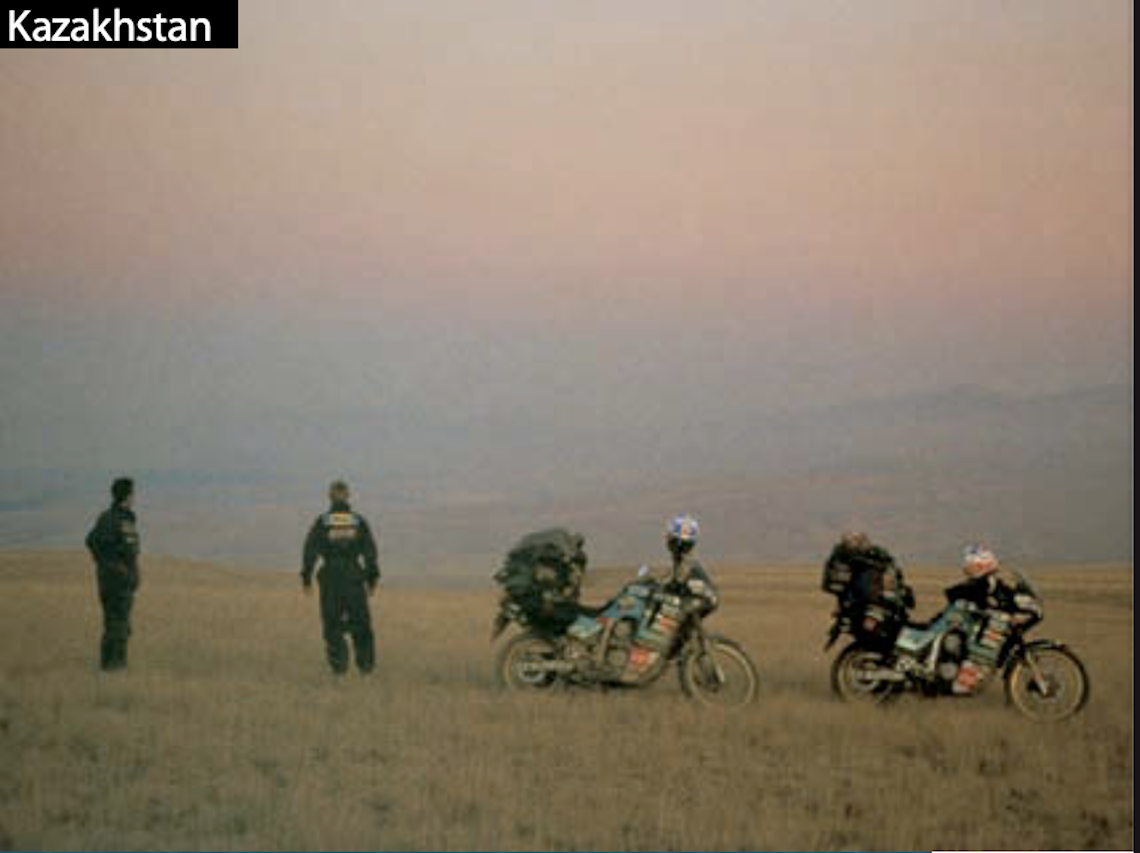
What was the biggest life lesson you learnt on this ride? I had an epiphany on my 25th Birthday. We were in Hohhot, in Inner Mongolia, and with us both having had a few birthday beers, James and I got into an argument about what roads and routes we should have taken through China. The next morning we both woke up and seemed to realise that minor details like these don’t matter at all. Neither of us would complete the trip alone. We learned to park our egos and focus solely on the good of the project. We never argued again for the remaining five months of the trip. It was a lesson in the need for total co-operation on an expedition.
Besides the bikes, what was the number one essential piece of kit you took with you?
My Sony Walkman. It chewed through the AA batteries at the rate of two pairs per day, but we lucked out on arriving in Siberia. There were stalls everywhere selling pirated cassette albums for about 30p a tape. Life on the road without music is unthinkable.
2010’s Sibirsky Extreme – riding Siberia – was another adventure biking ‘firsts’ mission for you. Tell us about that. Who was involved and how did it come about? Initially it was was just going to be me going by myself – a solo project to explore and develop the potential of alternative routes across Siberia. Back then, everyone travelling across Siberia was taking the same two roads – the Trans Siberian Highway primarily, with the very rare traveller venturing up to the Road of Bones.
For a place the size of Siberia, which alone is bigger than the United States, using just two roads to explore it seemed like the equivalent of riding across Britain using just the M1. I wanted to see for myself and to share with others the benefits of getting away from the main drag and exploring the real towns and villages and roads that link them together.
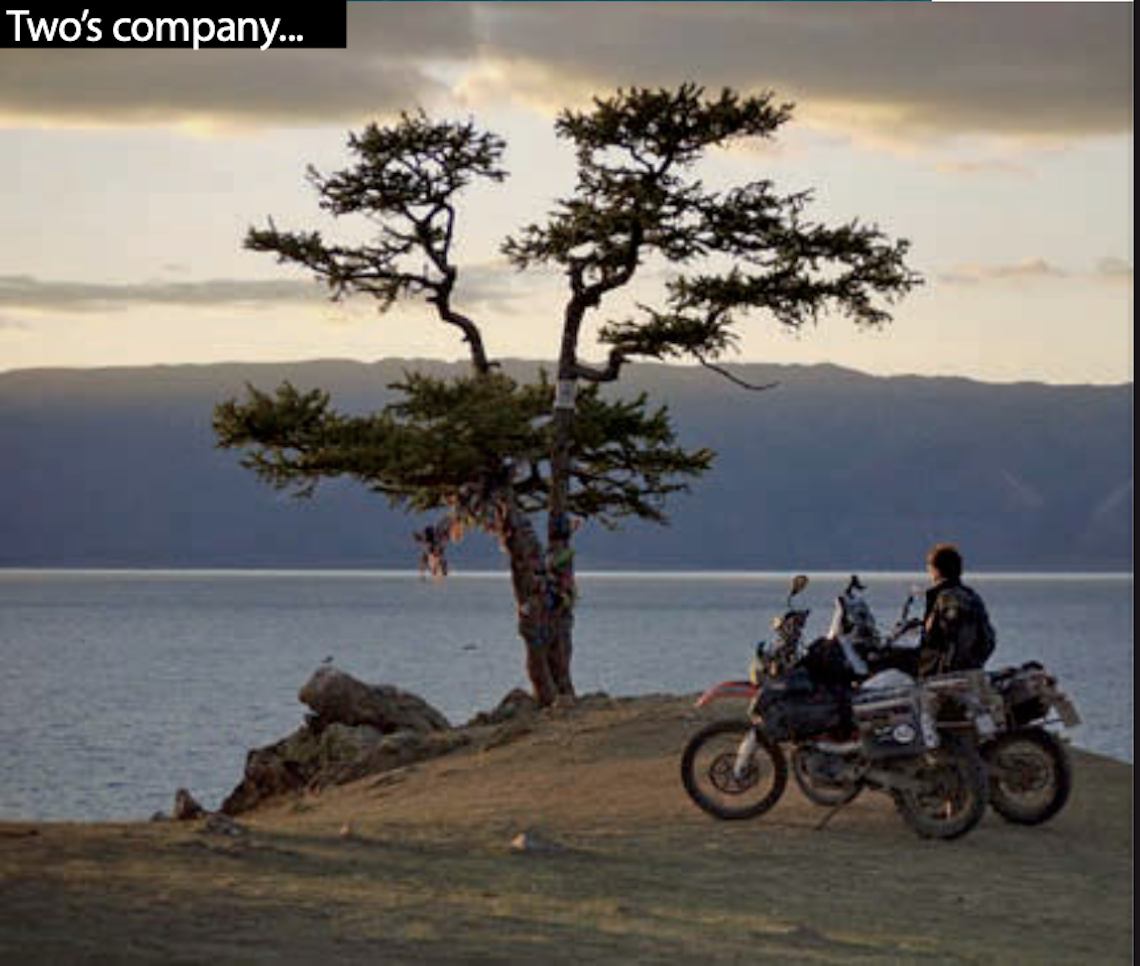
In the weeks before departure a few other ABRs got involved. My webmaster Jon Fox had a couple of weeks spare and so rode with me to the edge of the former Soviet Union. Then in the Russian Altai, I’d planned hook up with 67-year-old pensioner, Tony Pettie, from West London. We were just going to ride two weeks together to Siberia, but we got on so well and Tony had both the time and ambition to do a lot more, so we spent three months riding together in the end. Finally, Terry Brown was introduced to me by a mutual friend four weeks prior to departure. Terry had booked a tour across Siberia that had been cancelled due to lack of takers, so was keen to do something else in Siberia. When he told me he had 20 years of enduro racing behind him, I told him to meet us in Vladivostok for the ride back along the BAM Road.
You chose to take BMW’s G650 X- Challenge to Siberia. Why that bike and how did it perform? I had several main criteria for Siberia: I wanted as reliable an engine as possible in as light a platform as possible, while also being very capable off-road and able to cruise at 80mph. All these requirements pointed to the X-Challenge. It was a strange choice. As far as I can tell no one had ever done any serious touring on an X-C before that trip so I felt I was going out on a limb somewhat.
The bike, however, really outperformed my expectations. It’s certainly not a bike that can be ridden stock around the world, but there is a set series of modifications, ‘adventurisations’ if you like, after which it is better than any other bike for the type of adventure riding I like to do – which is probably a bit more off-road biased than mainstream adventure motorcycling.
I tend to be quite a rationalist in bike choice and preparation. I don’t choose them for brand reasons or emotional reasons, so I’m really quite critical (constructively or otherwise) of potential bikes. I’m always evaluating potential bikes and modifications in my mind.
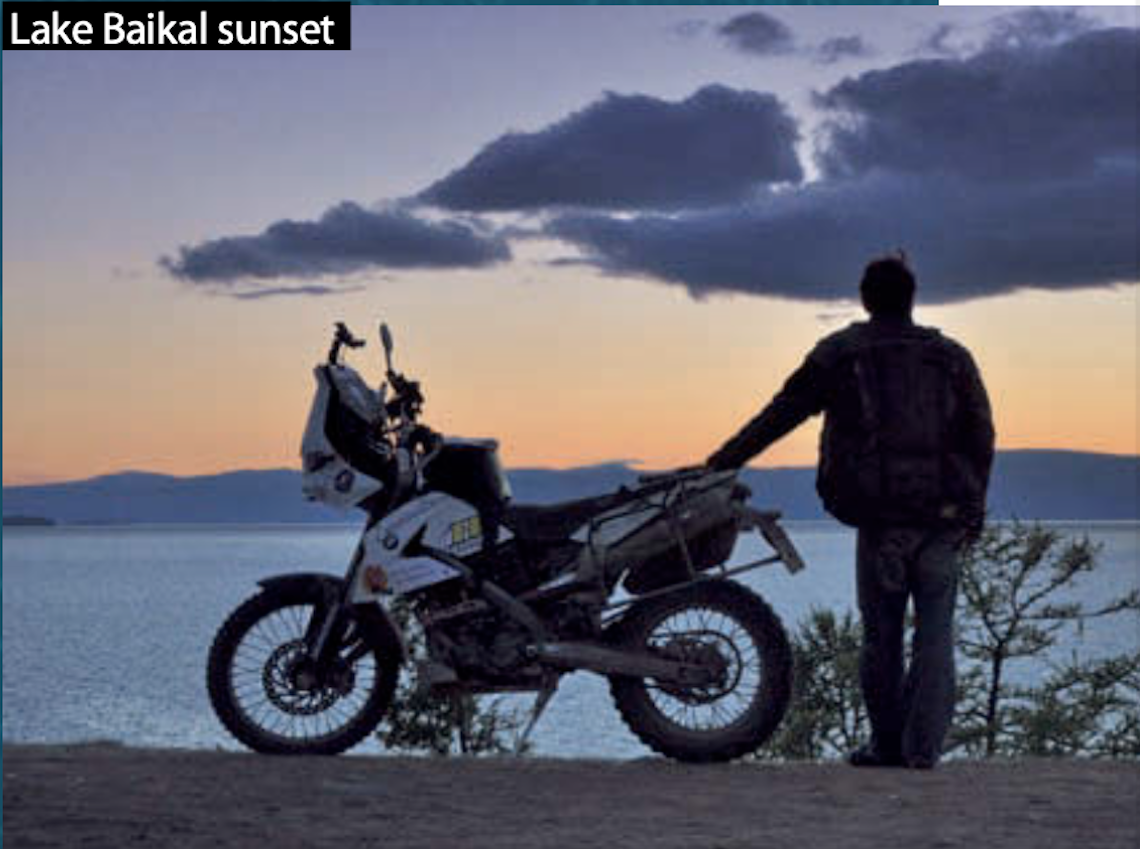
What was the toughest challenge you faced riding Siberia for the first time? The Eastern half of the BAM Road. 1,300 miles of derelict road, collapsed bridges, swamps, mosquitoes, mud, river crossings – it was brutal. At one point it took us three days to cover just 40 miles. It was as much a mental challenge as a riding challenge.
What was the highest high and lowest low of Sibirsky Extreme? There were two major lows; one was the day we did just six miles from dawn to dusk. Every day for five days the riding had gotten progressively worse. We kept thinking, ‘how much harder can it get?’.
The second low was when a severe storm hit us while crossing the 600-metre wide Vitim River Bridge. Terry and I had made it across, and were cowering under the bridge at the far end as lightning crashed, hail pelted down and the wind howled at somewhere north of 60-70mph. Tony was still out on the bridge, and Terry and I both thought there was a good chance he would not make it across alive, but we were completely powerless to help.
Riding solo through Tajikistan was a massive high; so was the feeling I had riding as part of a trio when we pulled into Severobaikalsk at the end of our BAM Road ordeal.
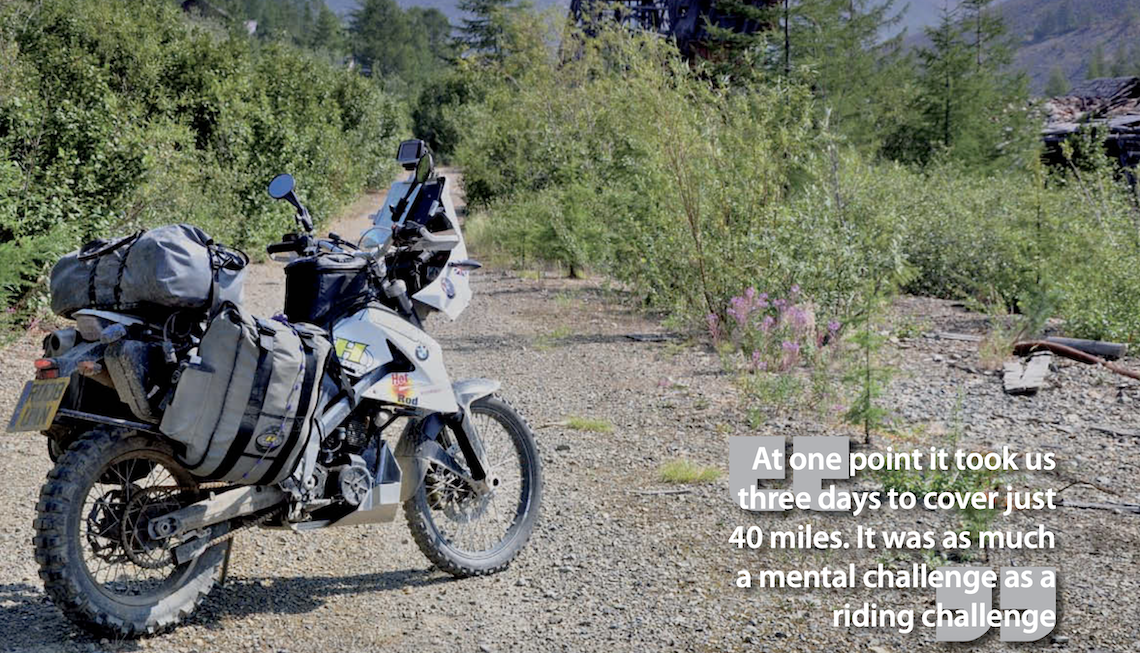
Where’s next on your list of must-ride destinations and why would you like to ride there? There are still so many interesting routes to be explored and developed in places like Siberia and Mongolia. Another destination that sticks in my mind and demands scheduling is Northern Pakistan/Northern India. I would like to spend a summer there and really try and go to some out-of-the-way places in the amazing mountains there.
If you could design your ultimate hybrid ABR-ing fantasy machine, what bits of which bikes would you use and why? Now there’s a interesting question for a guy who loves modifying adventure motorbikes! I’m currently looking at building a ‘special projects bike’ – a bike based on a nice, shiny new fuel-injected Husaberg 570. It won’t replace my G650 X-Challenge, which will remain my ‘big rig’, but It will add a bike to the stable which in full, wet, luggaged-up, touring guise could be close to 40kg lighter again. For me, it’s a very exciting prospect.
I’d fit it with some front rally tanks and fairing from a KTM 690 Rally, to increase range and offer wind protection; a custom steel luggage rack / subframe, to carry gear; a cush-drive rear hub, to protect the drivetrain; a bi-xenon headlight from an Infinity car (they have a fantastic light projection and distribution) and a big oil cooler, to increase the oil-change interval to 4,000 miles.
Priorities for me right now are very much weight and off-road ability, because focussing on those allows me to keep looking at the widest potential pool of interesting places to visit. As the planet gets more and more paved, the only way for me to keep doing new things and get that adrenaline rush for being somewhere really beautiful and remote is to keep increasing the agility of my wheels.
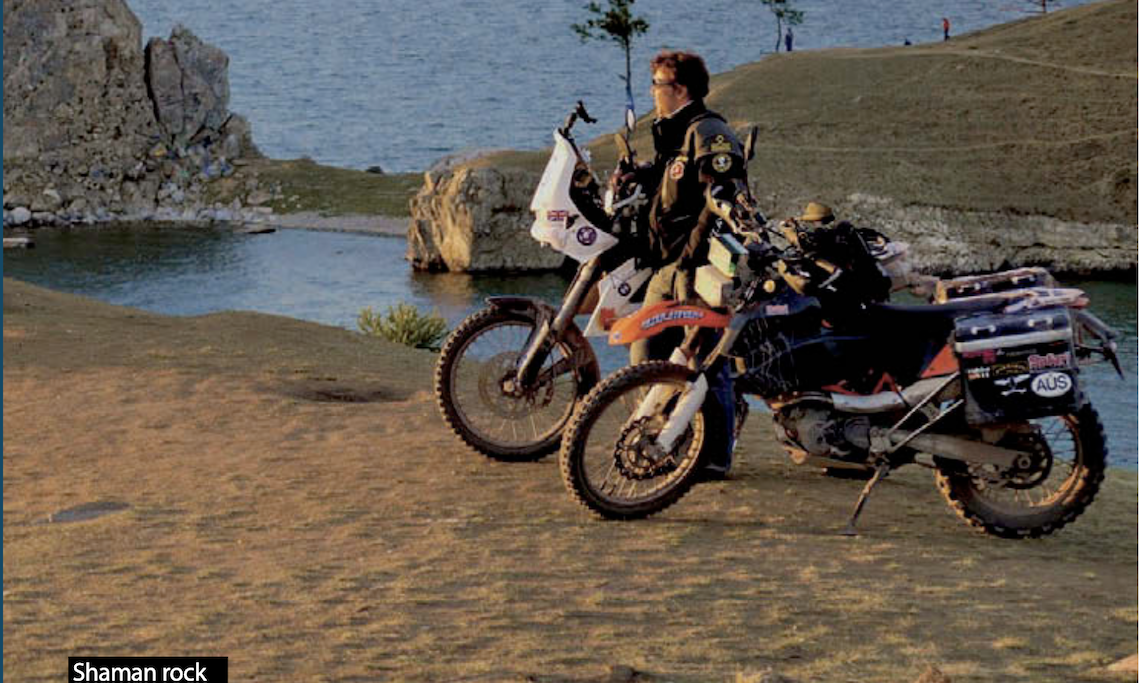
The quick-fire round…
Name: Walter Colebatch
Age: 42
Occupation: Full-time ABR
From: Originally Melbourne Australia, now London
What’s the biggest challenge on your list of ‘things to do before I die’? I would like to explore Africa by homebuilt ultralight one day – just dropping out of the sky whenever I saw something interesting
What keeps you awake at night? Indian food
What do you miss most about home when you’re away? A good steak and red wine
What’s your ultimate indulgence? An irresponsible lifestyle
What’s your best characteristic? I’m a creative thinker
And your worst? Impatience and a lack of stubbornness
What’s your best tip for adventure bike riders? Go light – you will be amazed how much more fun it can be
Who’s your motorcycle hero/heroine and why? Sasha Teplyakova – A Russian woman who has made the most incredible journeys, pretty much all solo
Who would you take as pillion on a round-the-world trip? My son Michael, so I could try to explain to him why the world is the way it is
Which country have you not yet ridden and would like to? Why would you choose that place? Argentina … Great scenery, great potential for getting off well-ridden routes, plus great steak and decent wine
What’s your favourite terrain? Mongolia – wide open fast steppe-lands
If you could have a super power, what would it be and why? I wish I had the power to convince bike manufacturers to build lightweight adventure bikes, too! Because that would give me back a ton of time that I would rather spend on the road
Photos: Walter Colebatch


